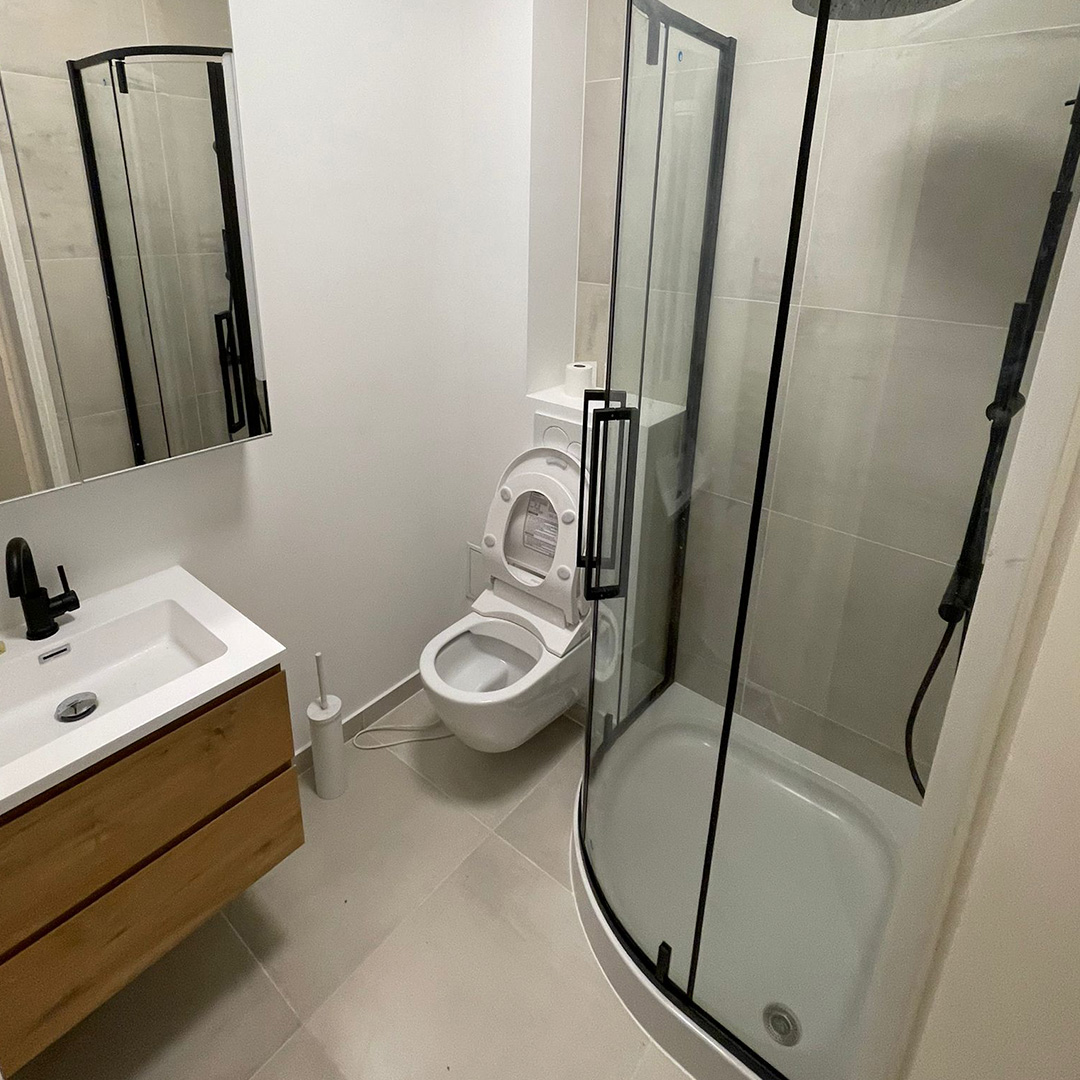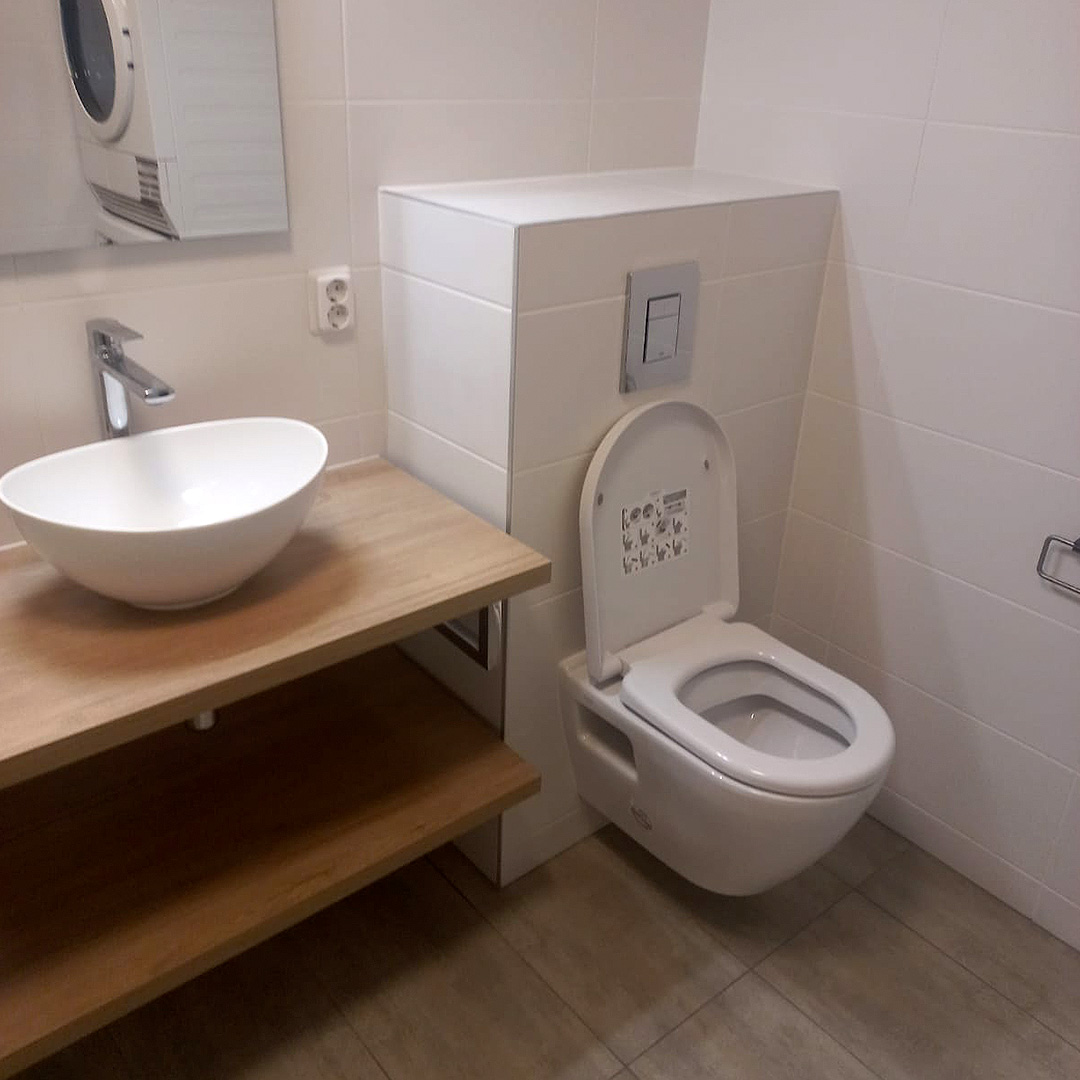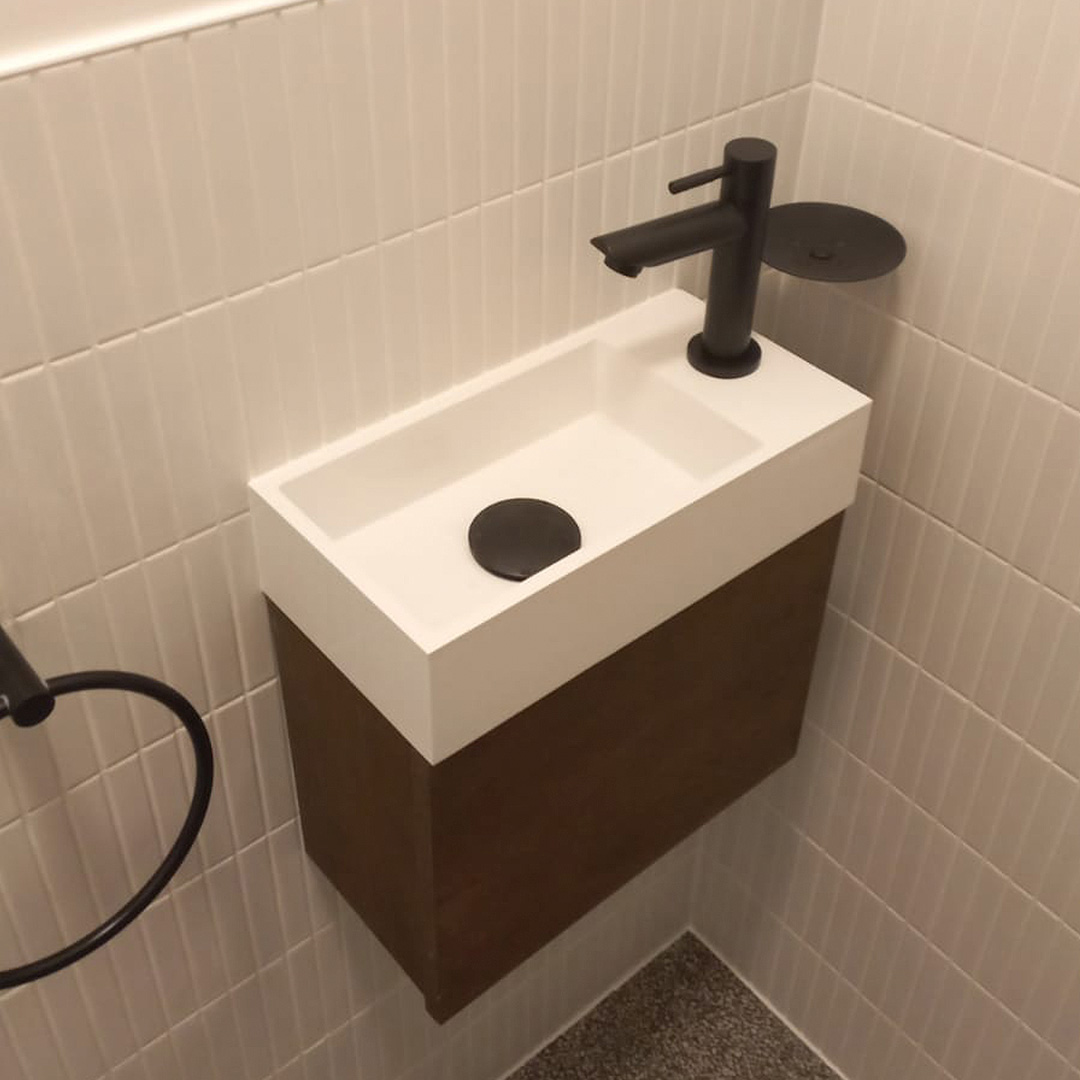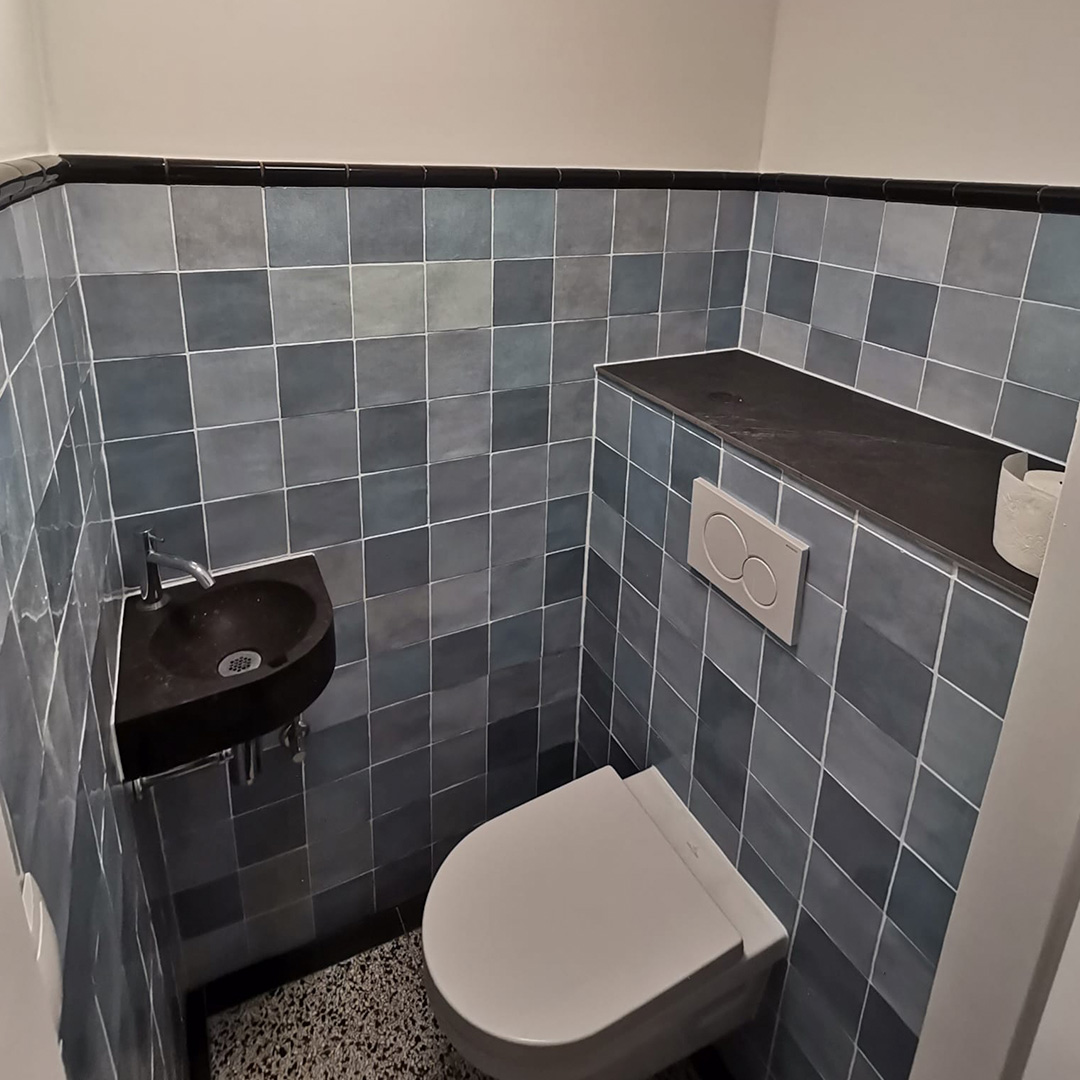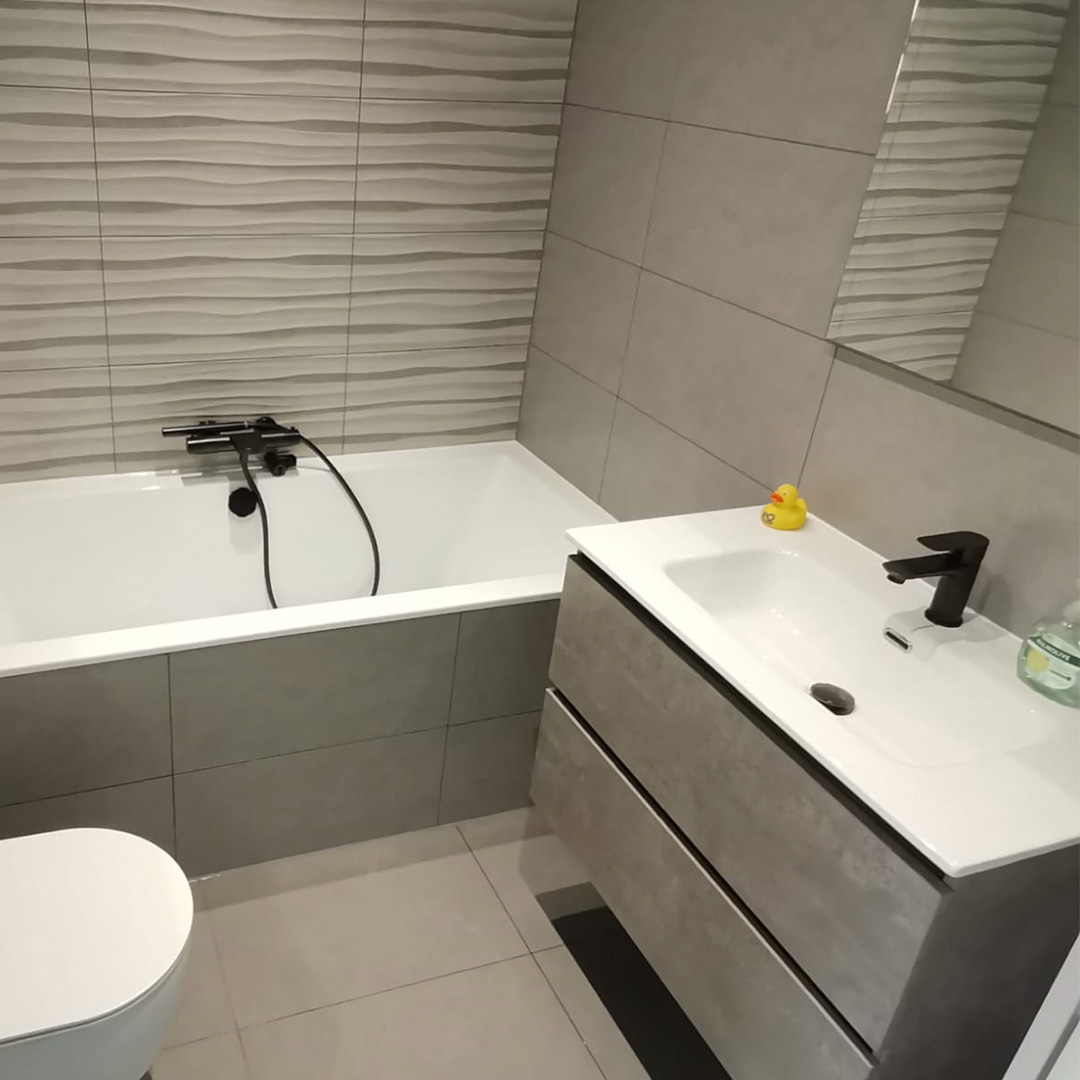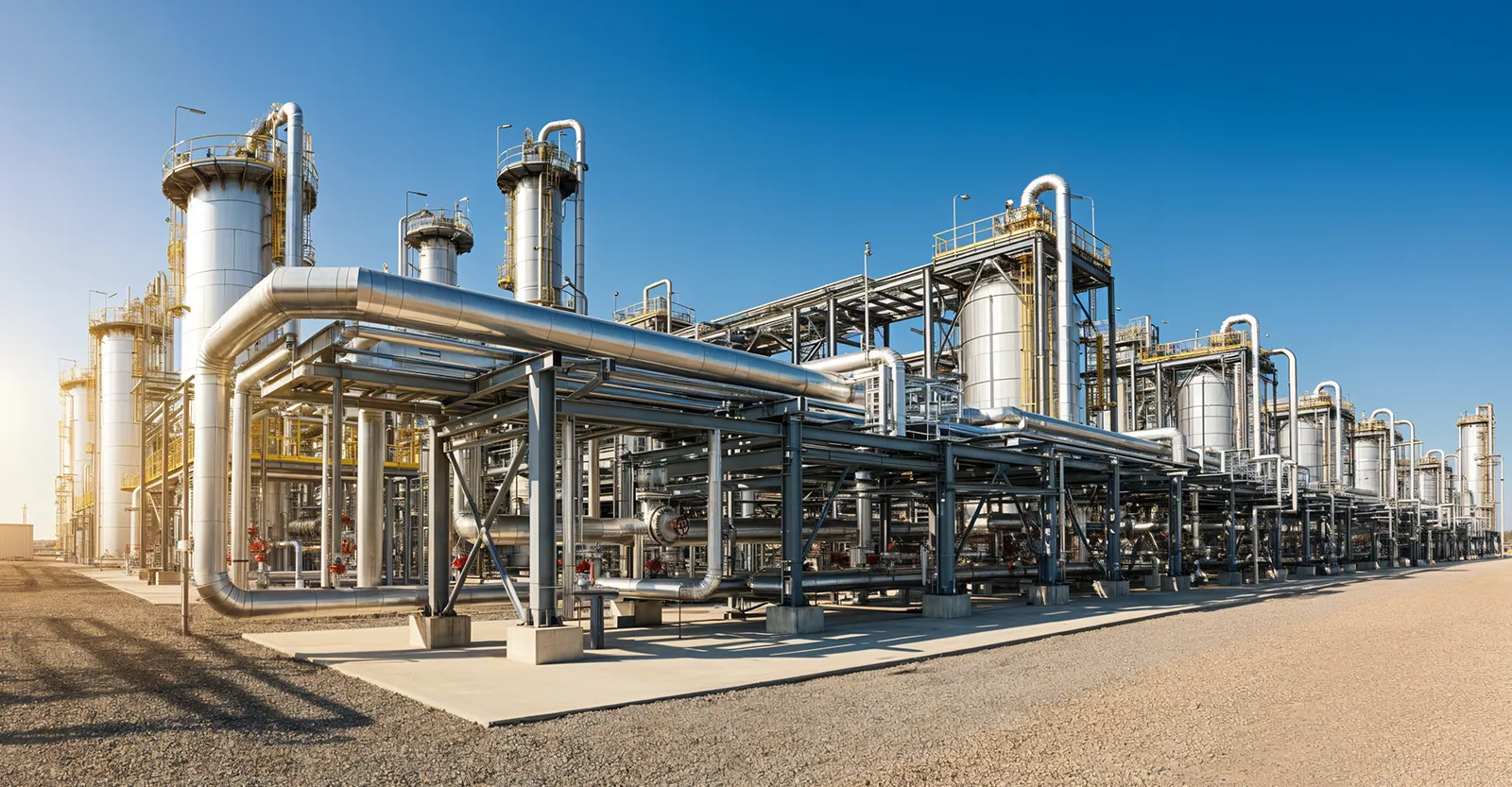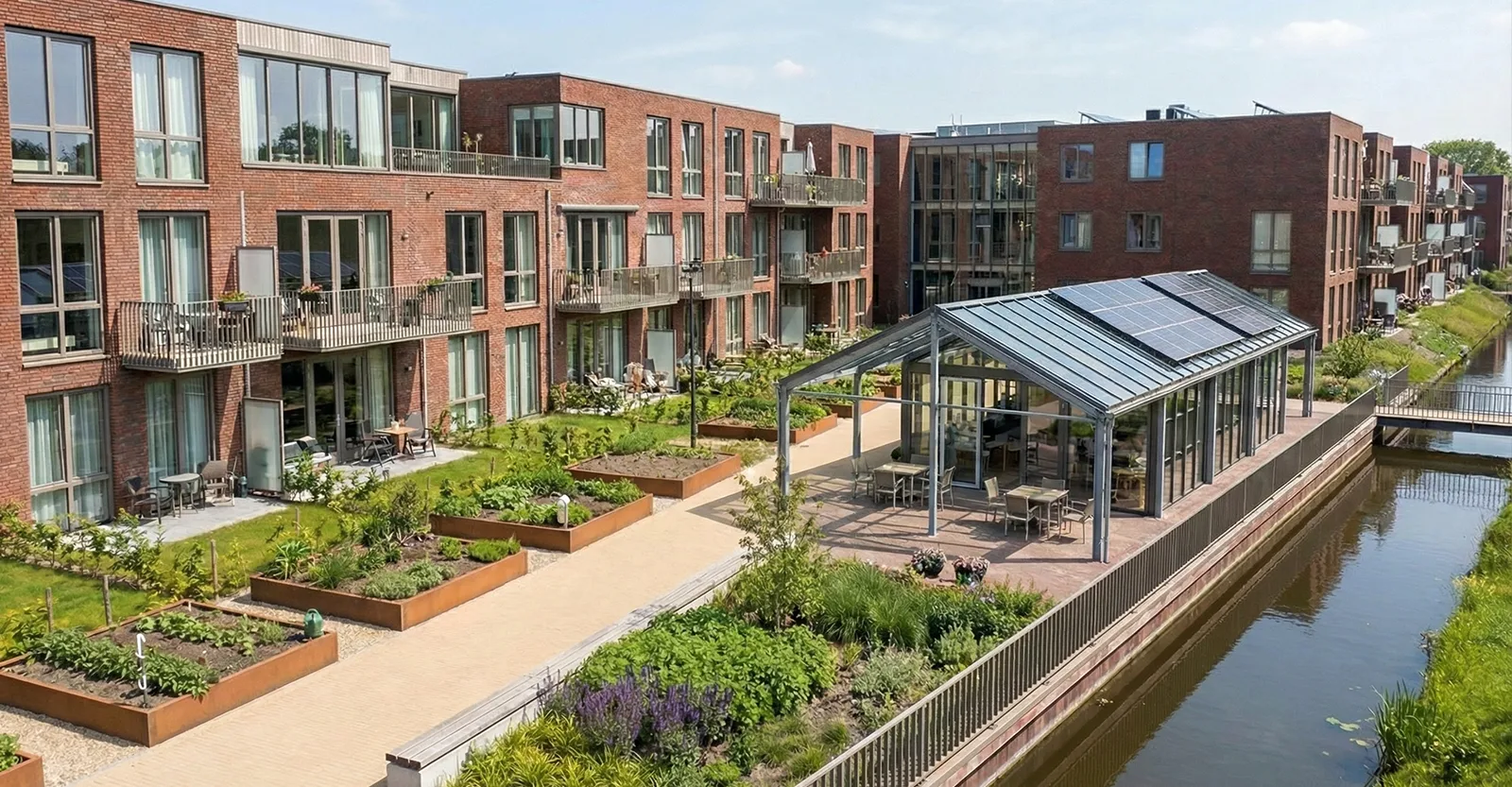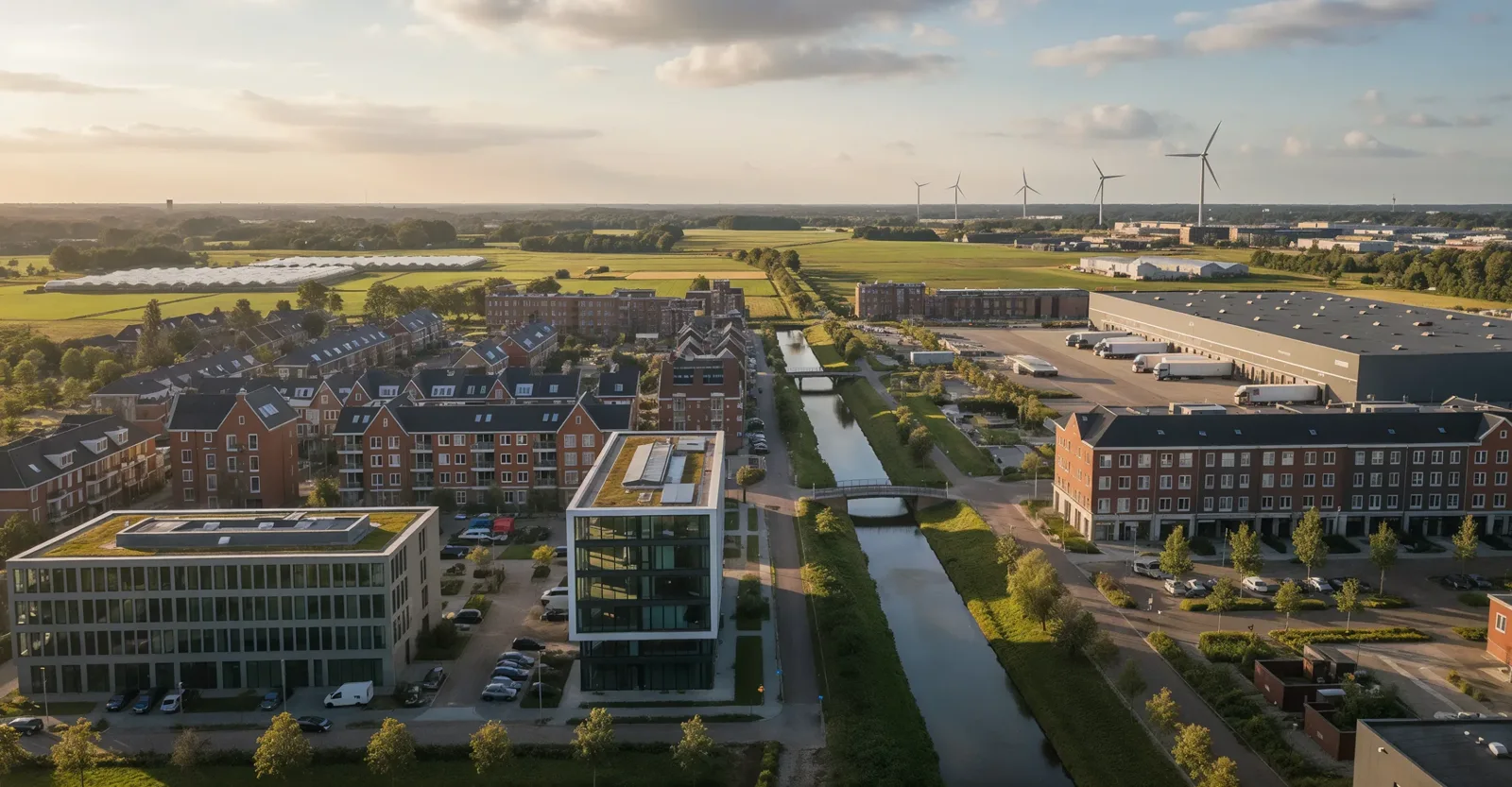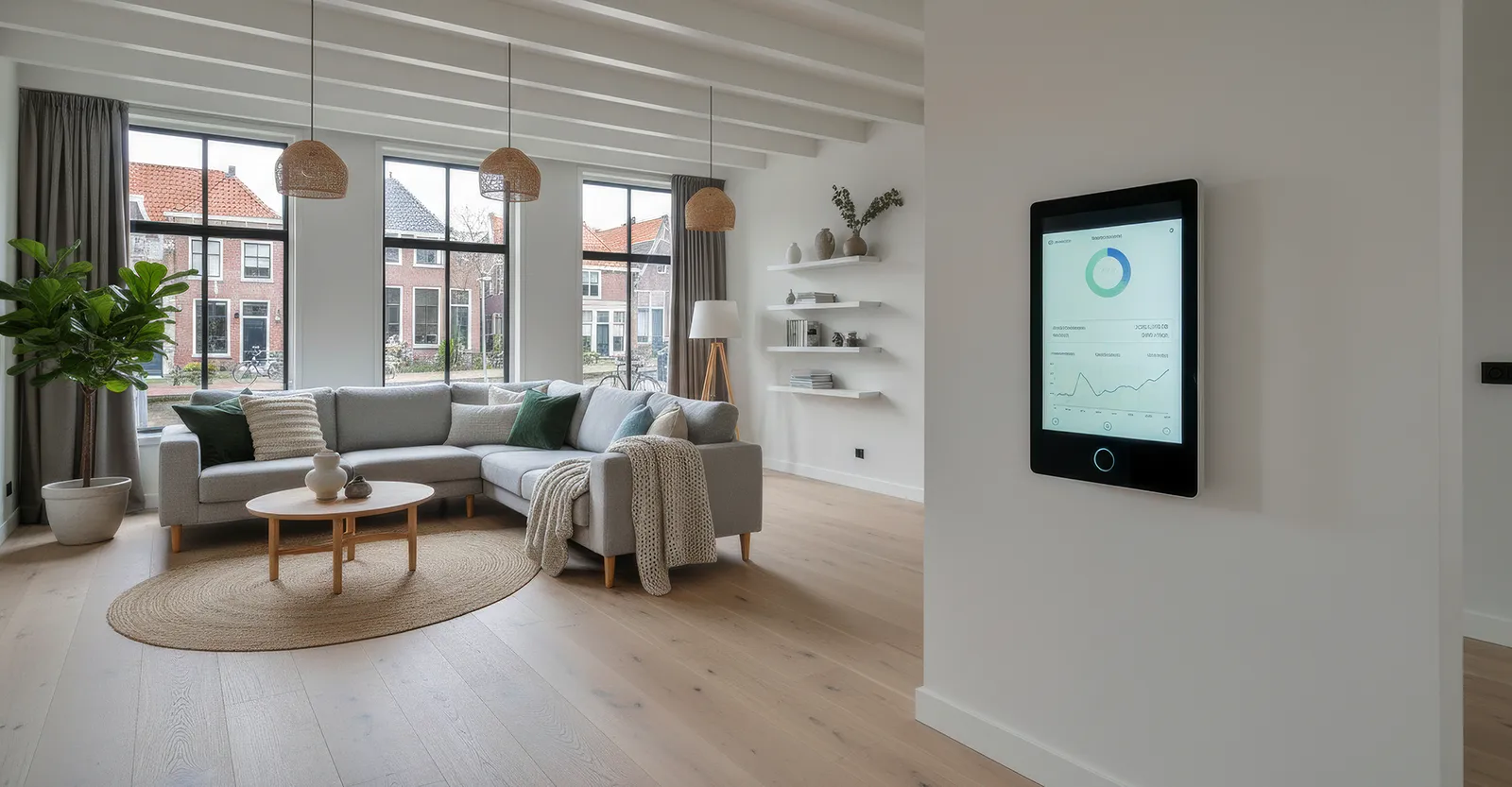With growing global attention on climate action, Dutch municipalities have taken a pioneering role in transitioning from natural gas towards sustainable heating solutions. The ambitious target of making neighborhoods gas-free by 2050 is reshaping how cities across the Netherlands approach residential energy consumption. In this article, we’ll delve into the innovative strategies being employed, the challenges municipalities face, and what sustainable heating alternatives are becoming prominent across Holland.
Understanding the Dutch Natural Gas Phase-Out
Historically, the Netherlands heavily relied on natural gas, largely sourced from the Groningen gas field, once one of Europe’s largest reserves. However, due to seismic activity caused by gas extraction and urgent climate goals, the Dutch government mandated a rapid phase-out.
Municipalities now play a critical role in implementing local heat transition plans (Warmtetransitieplannen), guiding neighborhoods towards sustainable energy alternatives by 2030 and complete gas independence by 2050.
Municipal Heating Transition Strategies in the Netherlands
Dutch municipalities employ diverse, innovative strategies tailored to local contexts:
1. District Heating Networks
Renewable district heating is at the forefront of municipal strategies. Cities like Amsterdam, Rotterdam, and Utrecht are expanding district heating systems powered by renewable sources, such as geothermal energy, industrial waste heat, biomass, and aquathermal sources.
For example, Rotterdam’s Warmtebedrijf network leverages residual industrial heat, drastically reducing dependence on fossil fuels and significantly cutting CO2 emissions.
2. Incentivizing Sustainable Heating Alternatives
Municipalities are offering incentives and subsidies to residents for adopting sustainable heating alternatives like heat pumps, solar thermal systems, and improved insulation. The city of Eindhoven has successfully introduced targeted subsidies that encourage homeowners to switch to electric heat pumps combined with solar panels.
3. Community Engagement and Awareness
Awareness and community participation are essential for a successful transition. Municipalities frequently organize informational sessions, workshops, and pilot projects to help communities understand the benefits and practicalities of the transition.
One notable success story is the ‘Gas-free neighborhoods’ initiative in Utrecht, where extensive community involvement has significantly boosted local acceptance and implementation speed.
Sustainable Heating Alternatives Gaining Ground in Holland
Transitioning away from natural gas necessitates practical and sustainable alternatives. The following heating methods are becoming increasingly prevalent:
- Heat Pumps: Highly efficient, extracting heat from air, ground, or water, and widely promoted by local municipalities.
- Geothermal Heating: Increasingly common, particularly in district heating networks, utilizing naturally occurring underground heat.
- Solar Thermal Systems: Often combined with heat pumps, these harness solar energy to heat water.
- Biomass Boilers: Utilized primarily in rural areas, biomass boilers provide heating through sustainable organic matter.
Overcoming Challenges in Creating Gasless Neighborhoods
Despite the momentum, municipalities face several hurdles, including infrastructure adaptation costs, public skepticism, and logistical complexities. Retrofitting existing buildings, particularly older historical ones, can be costly and technically challenging.
However, successful case studies—such as the municipality of Purmerend’s comprehensive district heating network—demonstrate that strategic planning, government backing, and robust public-private partnerships can overcome these barriers effectively.
Impact of Renewable District Heating Initiatives
Cities pioneering renewable district heating, like Amsterdam and Nijmegen, report measurable reductions in carbon emissions and notable increases in energy efficiency. Nijmegen, for instance, boasts a large-scale district heating project using residual heat from waste management facilities, substantially reducing reliance on gas and cutting emissions.
These projects highlight the environmental and economic potential of district heating networks powered by renewable energy, serving as replicable models for other municipalities across Europe.
Real-Life Case: Amsterdam’s Ambitious Approach
Amsterdam stands out for its proactive and comprehensive approach. The municipality’s ambitious plan to disconnect 110,000 homes from natural gas by 2040 involves robust community consultation, financial incentives, and significant investment in district heating infrastructure.
This strategy not only improves the city’s sustainability profile but also positions Amsterdam as an international model for urban climate action.
Conclusion
The Dutch municipalities’ proactive stance on phasing out natural gas is a powerful example of effective climate governance at the local level. While challenges remain, the collective push toward renewable district heating and sustainable energy alternatives is paving the way for a greener, more sustainable Netherlands.

